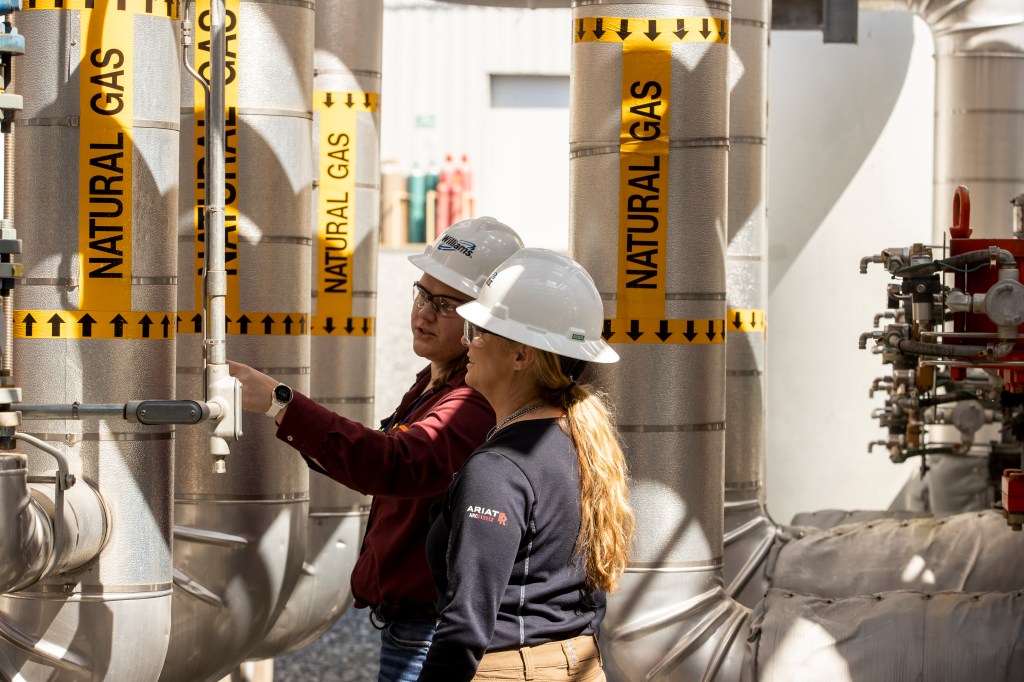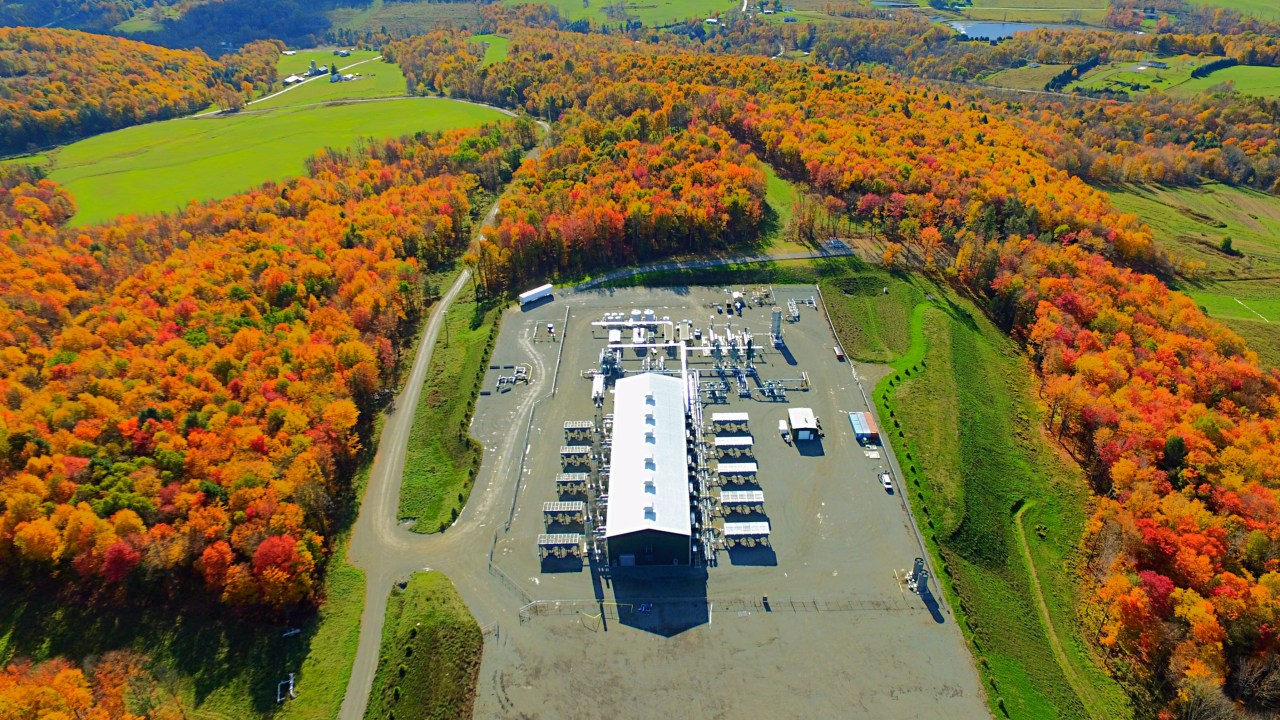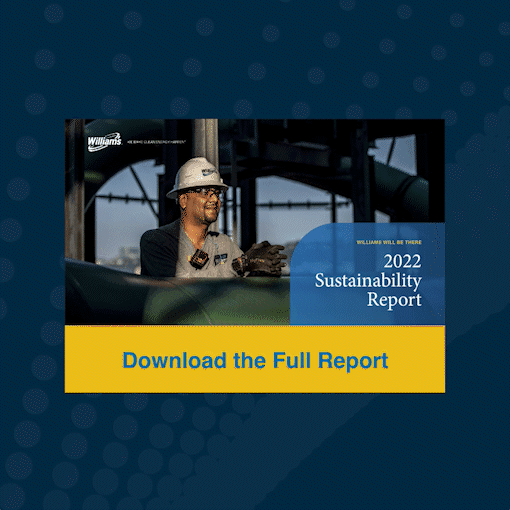Williams is committed to responsible environmental management throughout our site closure and rehabilitation processes. We plan for asset retirement and land restoration well in advance of a site closure date and set aside appropriate funding. As Williams retires operations, we consciously consider how we will dismantle the facilities, explore potential future uses of the land and assets, and remediate the sites in accordance with regulatory agencies.
In cases where we are responsible for an environmental impact, Williams will often retain responsibility for, and control of, the closed property site until clean–up is complete. We work through state voluntary clean–up programs, and in some cases consent agreements, to restore these sites until we have met all regulatory requirements. Our goal for legacy sites is to remediate soil and groundwater in the area to ultimately restore the land for company, public, third-party reuse and/or habitat creation.

In 2022, Williams’ environmental services team managed 94 active remediation sites, for a total environmental accrual for remediation of $41 million. Williams’ remediation projects have earned recognition for excellence in Site Reuse Award from the U.S. Environmental Protection Agency. We work with multiple state and federal regulatory agencies to update and complete site closure plans, allowing for land rehabilitation, repurposing and/or re-use. We also align this work with our biodiversity practices to ensure we are protecting habitats for native plants and wildlife. When necessary, throughout the site closure process, Williams engages with multiple stakeholders, including local community members and leaders to minimize disruption. Williams is responsible for remediation projects throughout our nationwide footprint, with the goal to ultimately return the remediated landscape to a beneficial use.


